Ancient Psychedelia: Alien Gods & Mushroom Goddesses
Online Book - Chapter 18, Page 347
Back to Online Book Mainpage / Next Page (Chapter 18, Page 348)
Searching through hundreds of images of medieval art, I was able to track some very interesting examples of hidden mushroom symbolism. There is a manuscript from the 13th century with a dragon called Jaculus, perched atop a mushroom with part of the body of the dragon being shared with the mushroom (69d). This same dragon can also be seen in libation or grail cups of St. John in various churches (69b) and coincidently, this same cup may contain a Christian cross instead of a serpent (69h). A wise sage once said, speaking to a large crowd of followers: “Reach out your hand if your cup be empty. If your cup is full may it be again. Let it be known there is a fountain. That was not made by the hands of men.”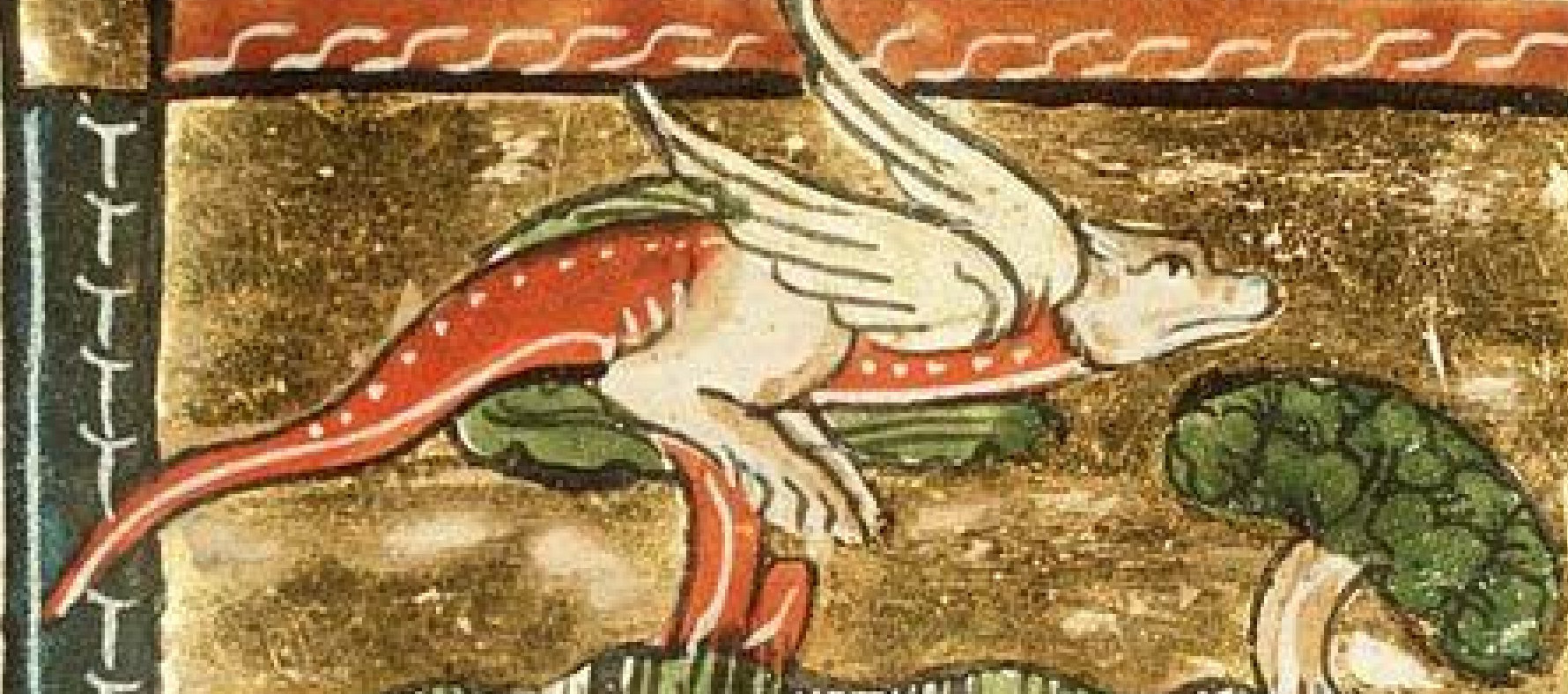 (69d) Jaculus depicted in a 13th century manuscript 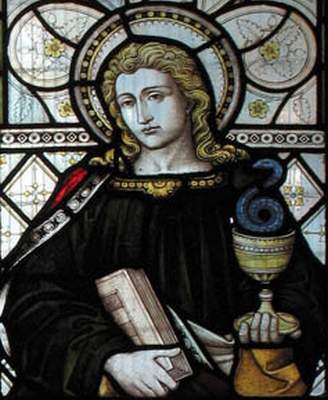 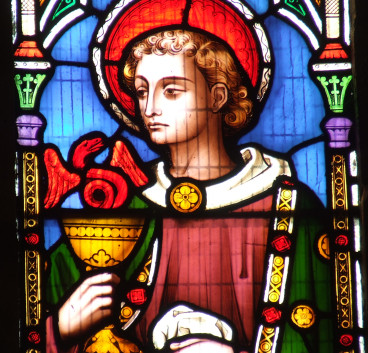 (69b) St John Cup with Serpent and Cross Various Churches 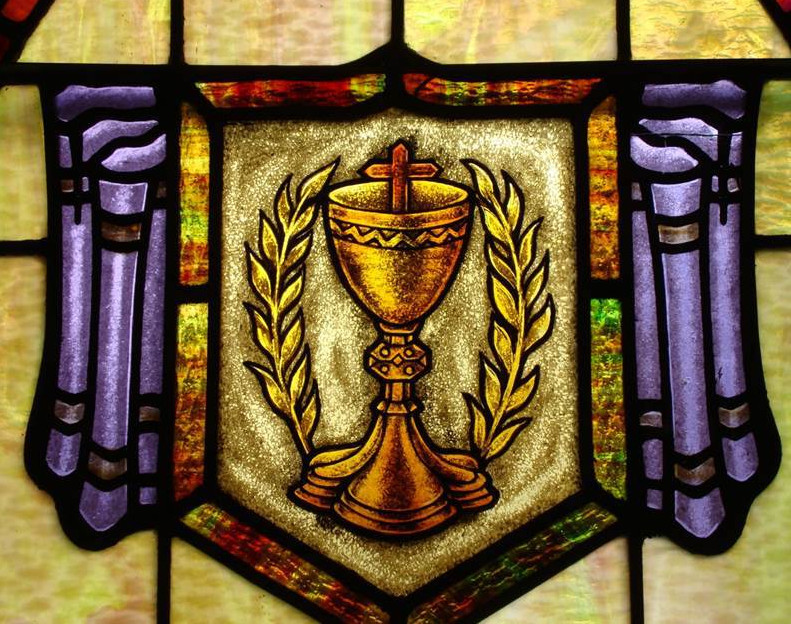 (69h) Holy Grail |
The Romance of Alexander, a book dated from 1338-1344 AD, has a troupe of mushrooms all gathered in a row. All of them have the heads of various animals and the neck shape of a mushroom (69f).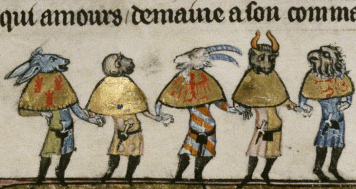 (69f) Romance of Alexander c. 1338-1344 AD Disguised very well in an image titled “Fauvel enthroned,” from France by Le Roman de Fauvel (c. 1320), we see the mushroom cap being portrayed around the head of Fauvel, a horse, while his body comprises the stem. The giveaway here appears to be the shape and design of the horses’ forelegs (69g). 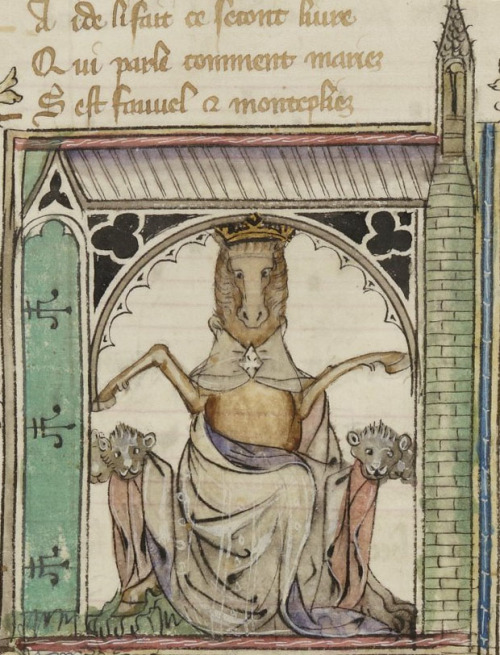 (69g) Fauvel enthroned. France Le Roman de Fauvel c .1320 AD |
Go Back to Page 346